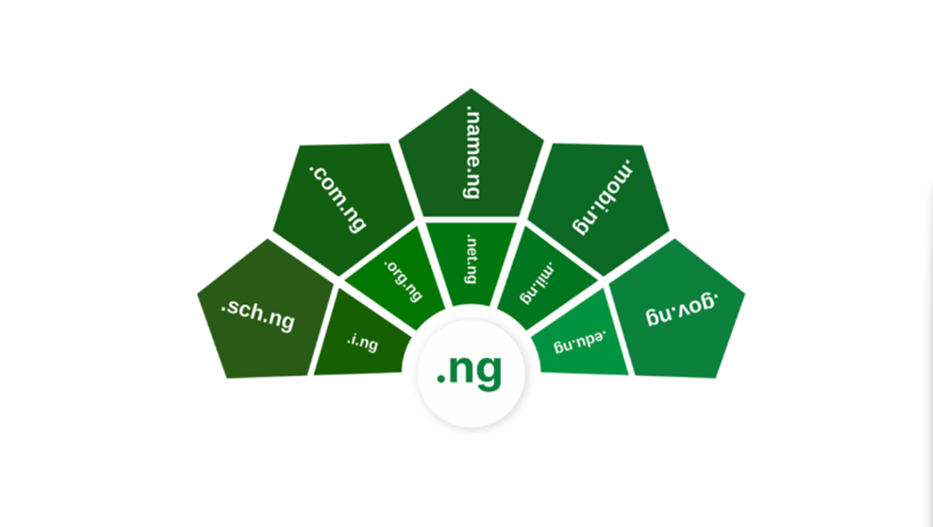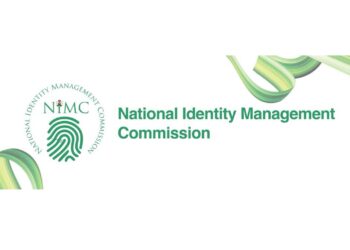Country code top-level domains, or ccTLDs, have been growing exponentially since their creation in the 1970s.
The right domain can be a source of profit, but also a key indicator of the shaping of international relations and geopolitics.
Domain and hosting specialists Fasthosts’ 2023 State Of The Web Report revealed 2022’s top-level domain (TLD) registration figures, dynamics and trends of the domain industry for the previous year, and shed light on its growing correlation to the intricacies of operating in a centralised global network.
Here are some of the top findings:
Navigating A Global Network
By the end of 2022 there were 350 million active domain names, and 308 ccTLDs. ccTLDs are associated with specific countries or territories and allow for users when searching for a website to be directed to the correct regional page.
However, they are often subject to political decisions and agreements between countries and organisations which can at times lead to disputes around changes in domain ownership.
Europe – The Leading Region for TLDs
Leading the way, Germany (.de), the UK (.uk) and The Netherlands (.nl) take the top spot demonstrating their dominance in the European domain landscape. Their popularity can be attributed to their association with some of Europe’s strongest economies and their recognition as reputable domain extensions for businesses and organisations alike.
Oceania – Small-Scale Islands, Large-Scale Contenders
As expected, the larger and more established islands of Australia and New Zealand featured in the top three largest ccTLDS however, in first place was the sparsely inhabited island of Tokelau with 5.04 million registrations. Over the years, there have been reports that the revenue generated from their domain sales have seen a huge rise in their GDP, which in 2012, had the lowest GDP output in the entire world.
Similarly, .tv (Tuvalu), .pw (Paulau), .fm (Micronesia), .to (Tonga), and .ws (Samoa), among other islands, have also leveraged the marketability of their domain extensions to attract registrants from around the world who want cheap domains or have ccTLDs with specific meanings or relevance to their businesses or projects.
In 2022, the island of Tuvalu made an estimated $10 million from the income of its .tv country code. Its domain sale to Twitch.tv in 2014 earned the country a $970 million profit, which enabled them to join the UN thanks to all the royalties produced from domain name registrations.
In 2020, Niue Island launched proceedings to regain control of their .nu TLD which was, in their opinion, wrongfully in the hands of the Internet Foundation of Sweden.
The Americas – Rising Giants
The top two country codes in the Americas were .br and .co. In recent years, Brazil has established its country code’s popularity due to the nation’s large population, economy, and increasing access to the internet. Colombia’s .co on the other hand, has gained global recognition as an abbreviation for .com, company, commerce, and community.
The US’s .us domain name comes 4th on the list at 1.8 million registrations, which is said to be down to the .com domain being used more prevalently on a global scale.
Although not in the list, the Caribbean island of Anguilla has received a spell of luck in the past few years with the rise of the popularity of artificial intelligence, with AI’s abbreviation the same as the island’s country code .ai.
Africa – Emerging Markets
Gabon (.ga) has emerged as a prominent player in the African domain industry with over 7 million registered domains. Following in 2nd and 3rd place are .ml (Mali), and .cf (Central African Republic). Nigeria’s .ng domain name reached 184,425 in January 2023.

Each three’s success can be attributed to their accessibility and affordability, making them a strong choice for businesses and individuals across the continent.
With that said, their country codes have some of the highest number of distributed malware, which can lead to questions around ethics and regulations when managing the TLDs assimilated to developing countries where certain registries might have less stringent registration requirements in comparison to other TLDs.
Asia / Middle East – Innovative TLDs
China (.cn) showcases its growing influence on a global scale with 8.98 million registered domains. Following closely behind are Russia (.ru) and India (.in), nations known for their technological advancements and growing industries, attracting businesses seeking to establish themselves in the trade market.
With that said, at the start of 2022, the future of the .ru domain was up for debate when domain sales were exempt from US sanctions on Russia in order to support activists’ and independent media’s fight against potential government propaganda.
Further emphasising the power of governments and organisations to exert control over domain names to enforce content regulations and censorship.
Also featured on the top 10 TLD’s are the Coco Islands and British India Ocean Territories who both have been at the centre of controversy in the past few years. Officials called for Australia to take over control of the .cc TLD after large amounts of criminal content became associated with the extension. Whereas, the rights to the .io domains – a popular choice for crypto firms and NFT dealers – furthered disputes between the UK and Mauritius over the ownership of Chagos Islands. Consequently, the exiled Chagosians on the Island of Mauritius have never been able to access the rights to their domain or their royalties.
To Conclude
The domain name industry operates within the intricate web of geopolitics, where shifts in international relations can cause profound consequences on the allocation, management, and protection of domain names worldwide. To ensure a more harmonious digital landscape, governments and regulatory organisations must prioritise balanced policy-making, taking into account its impact on different nations within the Domain Name System.












Comments 1